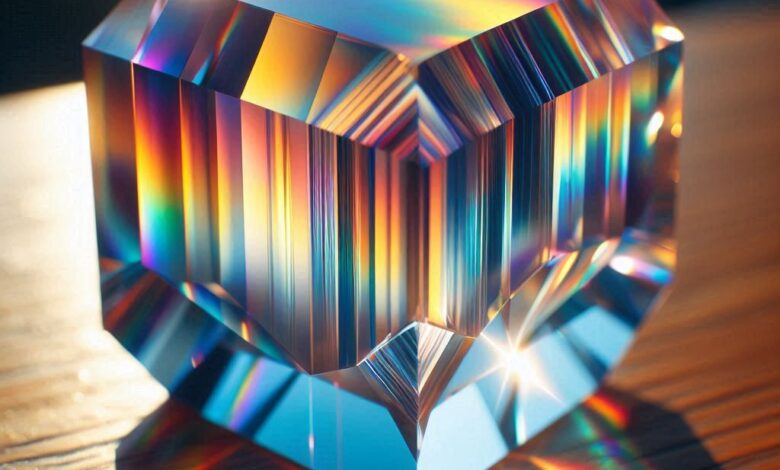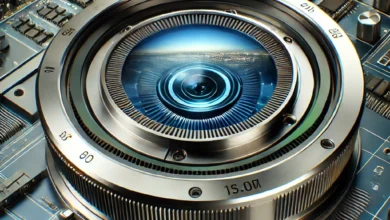BBO Crystal

Non-linear optical crystals developed recently, including ß-Barium Borate (ß-BaB2O4 or BBO), are superb optical non-linear crystals. It features broad phase matching range, about 6 times as much as that of KDP, a high non-linearity, and a high optical damage threshold. The thickness of this trigonal uniaxial crystal varies from less than 0.19 to more than 3.3 micrometers. The transmission range is a useful 0.21 to 2.1 µm and second harmonic radiation can be generated as low as 0.21 µm.
Check here : https://www.laser-crylink.com/laser-products/nonlinear-crystal/bbo-crystal/
OPOs and amplifiers are of practical use with OPOs and amplifiers that can be made sensitive to a broad range of input conditions (OPAs). Low-coherence scattering (autocorrelation) applications may be done as low as 0.19 nm. It offers exceptional IR transmission and a broad temperature acceptance bandwidth, making it suitable for long wavelength idler operation, which results in reduced heat generation. Because of its limited angular acceptance bandwidth, BBO may be limited in applications where lasers have beam qualities that are not perfectly diffraction limited. Because of its very low hygroscopicity, it is suited for most purposes.
The versatility of BBO enables it to be used with other Q-switched and mode-locked solid-state lasers such as Nd:YAG lasers. BBO (especially in combination with a tunable Ti: Sapphire, Alexandrite, or dye laser) can be used to generate tunable radiation ranging from the near-IR to the UV when employing a tunable Ti: Sapphire, Alexandrite, or dye laser. For numerous applications, such strong, controllable radiation that can be tuned to any level would be advantageous, including spectroscopy, medicine, materials processing, nonlinear optics, LIDAR, remote sensing, and photochemistry. Solid state nonlinear systems based on BBO have the potential to compete with dye lasers in the commercial market and offer the benefits of lower operating cost and easier tuning over a broader frequency range.

The key attributes of this product include its superior optical properties and application areas:
Bands that can achieve phase matching between 4.096 to 3500 nanometers (410 to 3600 bands)
Distinctive transmission wavelength: 190-3500nm
6-fold KDP conversion efficiency
Close to theoretical limits (δn=10-6/cm).
A laser with a laser damage threshold of approximately 10GW/cm2 (width of 100ps, length of 1064nm).
An acceptance angle of up to 55°C for wider temperature tolerance.
Two-beam Nd:YAG and Nd:YLF systems emit two, three, four, five, and six-fold higher frequencies;
Frequency is increased by double, triple, and multiple frequencies of dye laser.
Two, three, and four times the frequency of Sapphire and Alexandrite are achieved with a Sapphire and Alexandrite laser.
In order to do certain calculations, there are Optical Parametric Amplifier (OPA) and Optical Parametric Oscillator (OPO).
Rubies and copper vapor lasers are doubled in frequency for argon ion, ruby, and Cu vapor lasers.
In the high, precise, and sharp laser field, such as all-solid-state tunable lasers, ultra-fast pulse lasers, and deep ultraviolet lasers, research and development is currently going on at a rapid pace.
